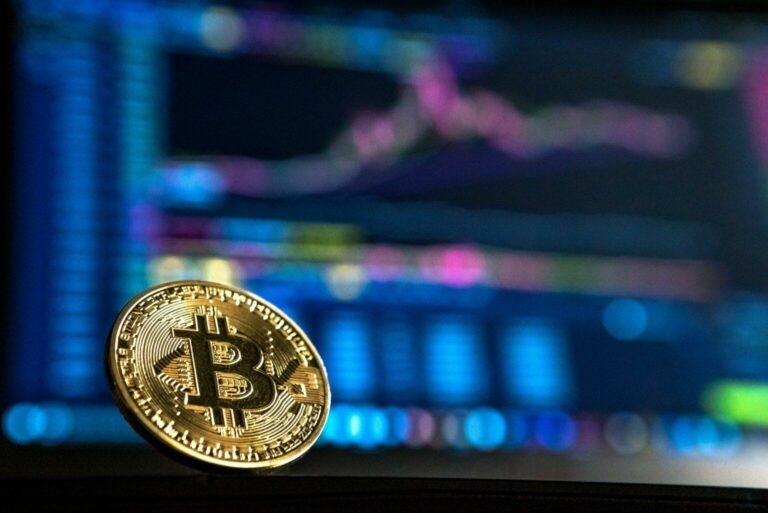Trading volumes on digital asset exchanges continue to drop and have now reached levels last seen in early 2017, according to leading market research firm, Diar.
Diar’s analysis shows that the month of January 2019 was one of the worst periods for most cryptoasset exchanges as they recorded relatively low adjusted trading volumes. Malta-based digital asset trading platform, Binance saw the size of its bitcoin (BTC)/USD trading markets reduced by over 40% – when compared to trading volumes for the pair during December 2018.
Meanwhile, San Francisco-based crypto exchange Coinbase’s BTC/USD market has reportedly dropped to lows which were last seen in May of 2017, Diar’s research report noted. Hong Kong-registered digital asset exchange, OKEx also experienced declines in overall trading volume as it failed to maintain a three-month long increase in trading activity. Monthly trading volume on OKEx fell from about $5.5 billion in previous months to around $4 billion last month, Diar reported.
Binance CEO Not Concerned About Low Trading Volumes
Acknowledging that trading volumes across crypto exchanges have been reduced to a fraction of what they were during the historic bull run of late 2017, Binance CEO, Changpeng Zhao had said (in November 2018) that he was not worried about the decreased activity. Last year, Zhao had also revealed that average monthly volumes on Binance were only about a tenth of what they were in late 2017 and early 2018. Taking a long-term view of the situation, the Binance founder had pointed out that trading volumes are still considerably higher than they were “two or three years” back.
Notably, numerous reports have suggested that certain exchanges have been artificially inflating their trading volumes. Blockchain Transparency Institute (BTI) had released a report last month in which it claimed that the top 25 bitcoin trading pairs on CoinMarketCap were listed based on “grossly” exaggerated volumes.
Small Cap Coins Exploited To Run Pump-and-Dump Schemes
BTI’s monthly report from November 2018 revealed that many crypto exchanges had been targeting small cap coins by creating hype and generating fake volume. These exploitative activities were being carried out as part of pump-and-dump schemes, according BTI’s research.
Commenting on the exploitative nature of several digital asset exchanges, Blockchain Transparency’s research team noted (last year):
We … found many … exchanges to be preying on low market cap coins which are desperate for the recognition and volume of a top 10 or 25 exchange. In many of the crypto projects we spoke with, this also involves supplying the exchange with a large amount of tokens which are then used to massively inflate volume numbers on [financial data site] CoinMarketCap, luring in prospective traders from other exchanges with much lower, but real volume.
In December 2018, BTI claimed there was “clear evidence” of wash trading found several crypto exchanges including OKEx, Huobi and HitBTC. Most of the wash trading was done with monero (XMR), zcash (ZEC), dash (DASH), and bitcoin gold (BTG), BTI’s analysis suggests.









